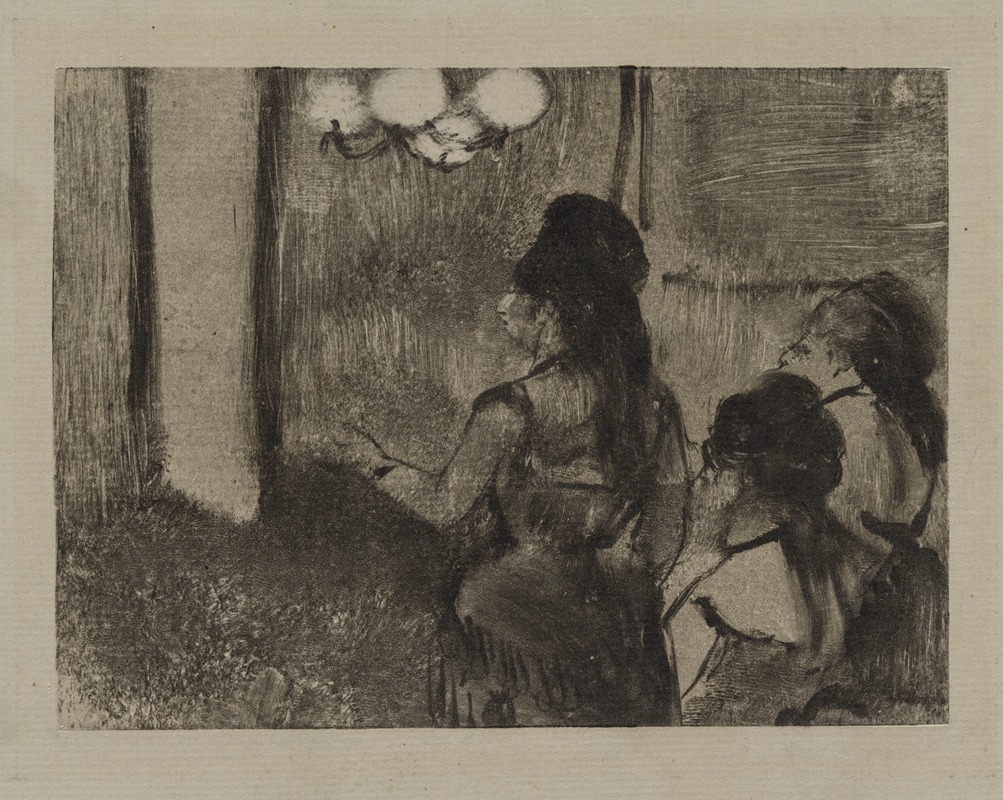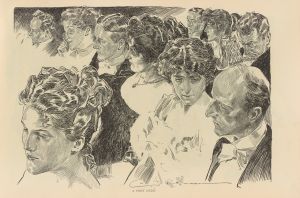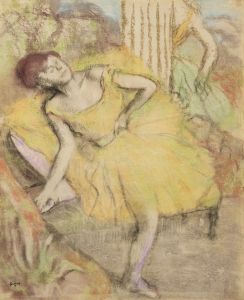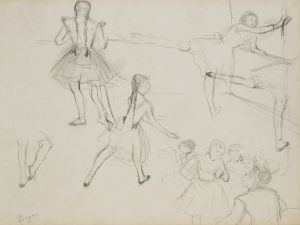
In the Salon
A hand-painted replica of Edgar Degas’s masterpiece In the Salon, meticulously crafted by professional artists to capture the true essence of the original. Each piece is created with museum-quality canvas and rare mineral pigments, carefully painted by experienced artists with delicate brushstrokes and rich, layered colors to perfectly recreate the texture of the original artwork. Unlike machine-printed reproductions, this hand-painted version brings the painting to life, infused with the artist’s emotions and skill in every stroke. Whether for personal collection or home decoration, it instantly elevates the artistic atmosphere of any space.
"In the Salon" is a painting by the renowned French artist Edgar Degas, who is widely recognized for his contributions to the Impressionist movement, although he preferred to be associated with Realism. Degas was born on July 19, 1834, in Paris, France, and he became known for his mastery in capturing the human form and his innovative compositions.
The painting "In the Salon" was created around 1879. This work is a testament to Degas' keen observation of contemporary life and his ability to depict the social dynamics of his time. The scene portrays a group of women in an elegant interior, likely a salon, which was a common setting for social gatherings among the bourgeoisie in 19th century Paris. The women are engaged in various activities, such as reading, conversing, and possibly listening to music, reflecting the cultural and intellectual pursuits of the era.
Degas' technique in "In the Salon" showcases his skillful use of light and shadow to create depth and atmosphere. The composition is carefully arranged to guide the viewer's eye through the scene, highlighting the interactions between the figures. The artist's attention to detail is evident in the rendering of the women's clothing and the furnishings of the room, which add to the authenticity of the setting.
One of the notable aspects of Degas' work is his ability to capture the nuances of human behavior and expression. In "In the Salon," the postures and gestures of the women convey a sense of ease and engagement, suggesting a moment of leisure and intellectual exchange. This focus on everyday moments and the depiction of modern life were central themes in Degas' oeuvre.
Degas often drew inspiration from his surroundings and the people he encountered in Paris. His interest in the social and cultural life of the city is reflected in many of his works, including "In the Salon." The painting is part of a broader body of work that explores themes of femininity, social interaction, and the private lives of women.
Throughout his career, Degas experimented with various media, including oil painting, pastels, and sculpture. His innovative approach to composition and his exploration of movement and form had a significant influence on the development of modern art. "In the Salon" exemplifies his ability to blend traditional techniques with a modern sensibility, making it a valuable piece in the study of 19th century art.
Edgar Degas passed away on September 27, 1917, leaving behind a rich legacy of artworks that continue to be celebrated and studied. "In the Salon" remains an important example of his work, offering insight into the social and cultural milieu of his time and showcasing his exceptional talent as an artist.


















